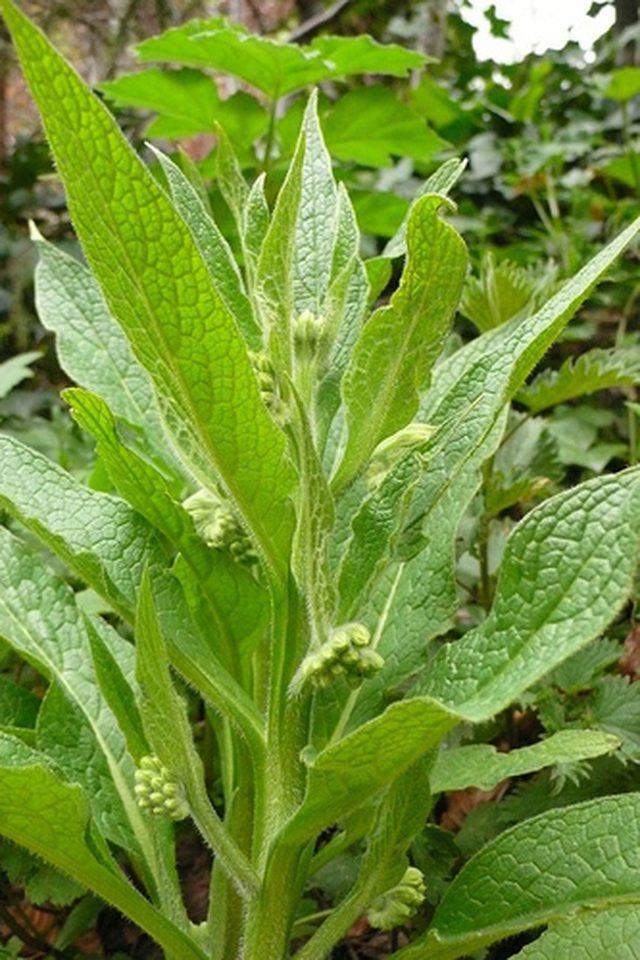Bulbs
Flower Basics
Flower Beds & Specialty Gardens
Flower Garden
Garden Furniture
Garden Gnomes
Garden Seeds
Garden Sheds
Garden Statues
Garden Tools & Supplies
Gardening Basics
Green & Organic
Groundcovers & Vines
Growing Annuals
Growing Basil
Growing Beans
Growing Berries
Growing Blueberries
Growing Cactus
Growing Corn
Growing Cotton
Growing Edibles
Growing Flowers
Growing Garlic
Growing Grapes
Growing Grass
Growing Herbs
Growing Jasmine
Growing Mint
Growing Mushrooms
Orchids
Growing Peanuts
Growing Perennials
Growing Plants
Growing Rosemary
Growing Roses
Growing Strawberries
Growing Sunflowers
Growing Thyme
Growing Tomatoes
Growing Tulips
Growing Vegetables
Herb Basics
Herb Garden
Indoor Growing
Landscaping Basics
Landscaping Patios
Landscaping Plants
Landscaping Shrubs
Landscaping Trees
Landscaping Walks & Pathways
Lawn Basics
Lawn Maintenance
Lawn Mowers
Lawn Ornaments
Lawn Planting
Lawn Tools
Outdoor Growing
Overall Landscape Planning
Pests, Weeds & Problems
Plant Basics
Rock Garden
Rose Garden
Shrubs
Soil
Specialty Gardens
Trees
Vegetable Garden
Yard Maintenance
What Is the Difference Between White Sage & Regular Sage?
What Is the Difference Between White Sage & Regular Sage?. Although closely related, white sage (salvia apiana) and common garden sage (salvia officinalis) are different in both appearance and use.
Although closely related, white sage (salvia apiana) and common garden sage (salvia officinalis) are different in both appearance and use.

Appearance
The mature leaves of a white sage plant are smooth and white, while the leaves of garden sage are gray or gray/green. Also white sage is slightly larger, growing 4 to 5 feet tall compared to garden sage's 2 feet height max.
Flowers
White sage flowers are mostly white with hints of lavender, while garden sage flowers are usually purple or bluish-purple (although they can sometimes also be lavender or white).
Location
White sage is native to the southwest and prefers dry, almost desert conditions, while garden sage is native to the Mediterranean and Spain and needs regular watering (not drought tolerant).
Uses
Both white sage and garden sage are used for ornamental and medicinal purposes, but white sage is also often used as incense, while garden sage is most commonly used as a seasoning in recipes.
Fun Fact
There are over 800 known varieties of salvia (sage).